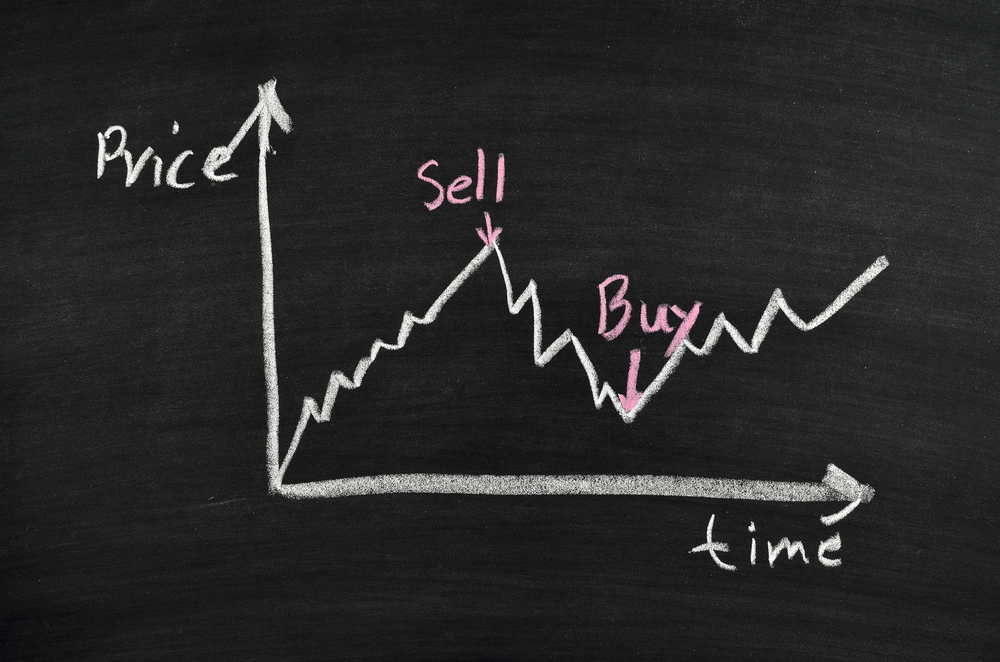There is much to be learned from the downfall of Blackberry (BBRY) precipitated by the the rise of Apple (AAPL). Here are 5 investing lessons from Blackberry.
The corporate world was transformed with the 1999 release of BlackBerry’s pager and then its first smartphone in 2000. The smartphone’s popularity, especially among busy professionals who could now check their email from anywhere and anytime, warranted the coining of its nickname, “CrackBerry”. The market also reflected its popularity when Blackberry’s stock increased more than 90 times between early 1999 and mid-2008.
While the company’s rise was astonishing, so was its fall.
In 2007, Apple’s (AAPL) iPhone was released. Not only could iPhone users make calls and email, but they could also surf the net and avail themselves of thousands of apps. It wasn’t long before Apple took market share from BlackBerry and Apple’s stock price increased by over 10 fold in the subsequent years, whereas BlackBerry’s stock price fell by more than 90% since it hit its peak in 2008.
So what can we learn from Blackberry’s fate? Here are some lessons we can take away from its downfall:
1. Appearances are misleading
In 2013, critics of Apple predicted that their fate would be similar to hardware companies like BlackBerry, Palm and Motorola. They said that it would fall just like the others. On the surface, this seemed to be an accurate prediction.
However, as David Einhorn correctly noted, Apple was not a hardware company, rather it was a software company. The company’s strategic plan included selling attractive and user-friendly hardware such as the iPhone and iMac that draw consumers into its self-contained universe. I also noticed this as I gradually migrated into Apple’s world as well. Did you?
Consumers like me understood this off the bat, but to financial analysts, they were selling nothing more than a phone. What they failed to see is that Apple had the ability to weave its way into the lives of customers and to keep customers hooked. The value of Apple was not what it looked like on the surface. It was the unseen that gave the company its value.
2. There are no guarantees when it comes to market dominance
At one point, BlackBerry had control of 50 percent of the US cell phone market. They seemed to be unstoppable. However, with the emergence of the iPhone and then other Android-based smartphones from companies like Samsung, BlackBerry’s market share plummeted to less than 1 percent. The nickname “CrackBerry” was no longer justified. Consumers just weren’t getting hooked any longer.
The lesson to be learned from this is that a company that quickly rises to the top can fall just as fast. There are no guarantees. This is particularly true in other ‘old’ industries ranging from financial services to taxi services which are all susceptible to the ever-changing world of technology. Just look at the rise of Fintech start-ups and Uber.
3. Initial innovation isn’t always best
BlackBerry created a revolution. Never before were consumers able to check email, make calls and have a level of security to which businesses and governments were drawn.
However, when the iPhone hit the market, BlackBerry just couldn’t compete. Subsequent multiple BlackBerry phone releases were regarded as failures. According to former BlackBerry CEO, Jim Balsillie, Verizon (VZ), worked with BlackBerry to help them compete with AT&T (T) and their iPhone monopoly. It was Verizon that later fired BlackBerry.
It is easier to disrupt the market when starting with a clean slate. After all, why would you start a new revolution once a product was already out there? Generally, a radical change comes first and then incremental improvements follow. This allows other players to be the radical. You just have to witness the rise and rise of Samsung, who didn’t innovate but evolved existing innovations.
4. Do not defer to others
Successful investors think for themselves. I learned this the hard way when I had been considering the purchase of Apple shares in mid 2013. I inherently knew it was one of the best value stocks around, yet I let the views of very successful investors such as Daniel Loeb influence my decision. I chose to not invest in Apple and as a result, I lost the opportunity to double my capital in just two years. Everyone, including the pros like Daniel Loeb do get it wrong on occasion. Always think for ourselves.
5. Buy into growth companies at value prices
Growth companies such as Apple are some of the best investments but they have on occasions encountered a temporary slowdown on the way to continued long term growth in revenue and profits.
This occurred in 2013 and again in 2016. However, these are sometimes the best times to then pick up undervalued stock. Unlike 2013, this time I made sure I didn’t make the same mistake and finally made a move on Apple which I also wrote about; Is Apple Stock Worth Buying?
Always remember to be fearful when others are greedy, and greedy when others are fearful, especially when you have found an opportunity.
To see how you can easily identify undervalued leading stocks like Apple, click here.




